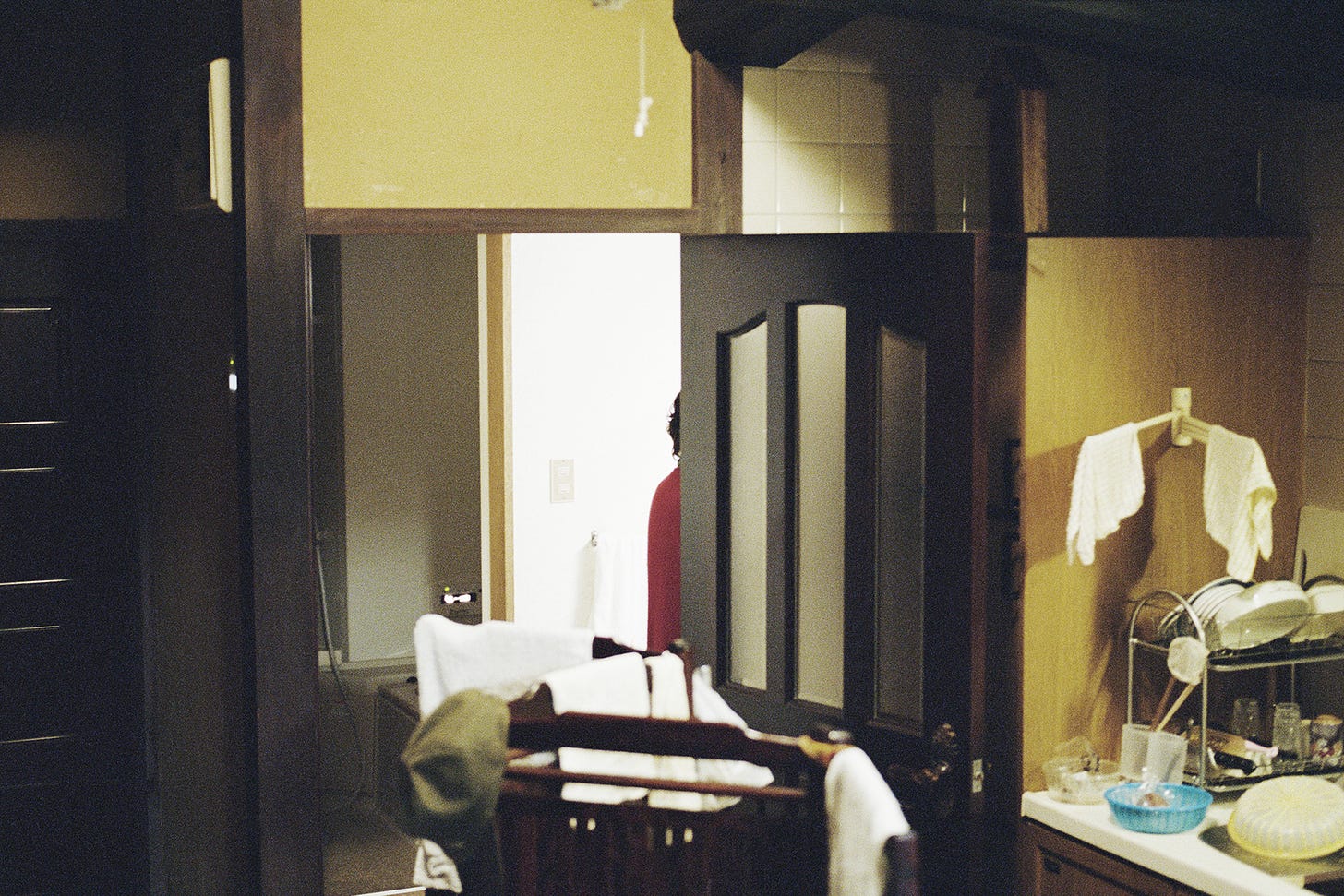Antifragility: C.W. Winter on "The Works and Days (of Tayoko Shiojiri in the Shiotani Basin)"
Interview
The Works and Days (of Tayoko Shiojiri in the Shiotani Basin) is a film that does not obviously bear the markings of either fiction nor documentary. Divided into five chapters and four parts, sprawling over eight hours, and taking place over 5 seasons, it is a film that evades durational conventions within both the cultural mainstream and contemporary a…
Keep reading with a 7-day free trial
Subscribe to Long Voyage Home to keep reading this post and get 7 days of free access to the full post archives.




